Argentina is a dynamic country that spans over 2,000 miles, from the subtropical north to the subantarctic south. Our journey through Antarctica led us from the very bottom in Ushuaia, through Mendoza and Buenos Aires, up to Puerto Iguazú, a city located at the border with Brazil and Paraguay.
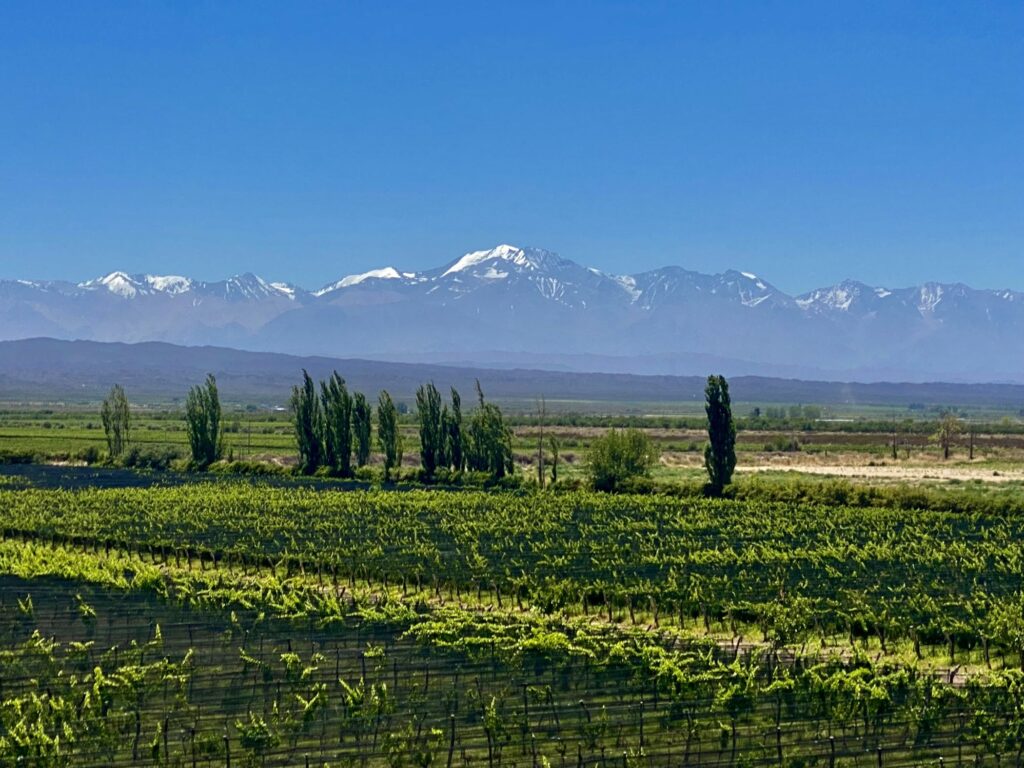
During our three months in Argentina, we learned a lot about the culture and history.
Mercado Libre for All!
It is often said that Mercado Libre is the South American version of Amazon, but many posts claim either that foreigners cannot use Mercado Libre, or that Mercado Libre does not take credit cards. This simply is not true.
At this time, Mercado Libre does not require a DNI number, and they do take foreign credit cards. It was simple to select what we wanted, pay with an American credit card, and the delivery arrived in a few days at our Airbnb in Mendoza.

(Mercado Pago, their payment service, is not accessible without a local bank account. If a business only accepts Mercado Pago, and not credit cards, you will have to pay in cash. But you can still use Mercado Libre without having to pay using Mercado Pago.)
Identification is Needed More Than You Think
We do not typically carry our passports around while out and about. We were surprised that when we used a credit card at a grocery store, we were asked to provide our actual passport, and the number was entered into the cash register. This was not usually the case at restaurants or other merchants, but was almost always the case at grocery stores. Occasionally at other merchants, we were asked to write down our passport number when signing a credit card receipt, but without the need to see the passport. Luckily, I have my number memorized and was able to just recite the number and add it to the receipt.
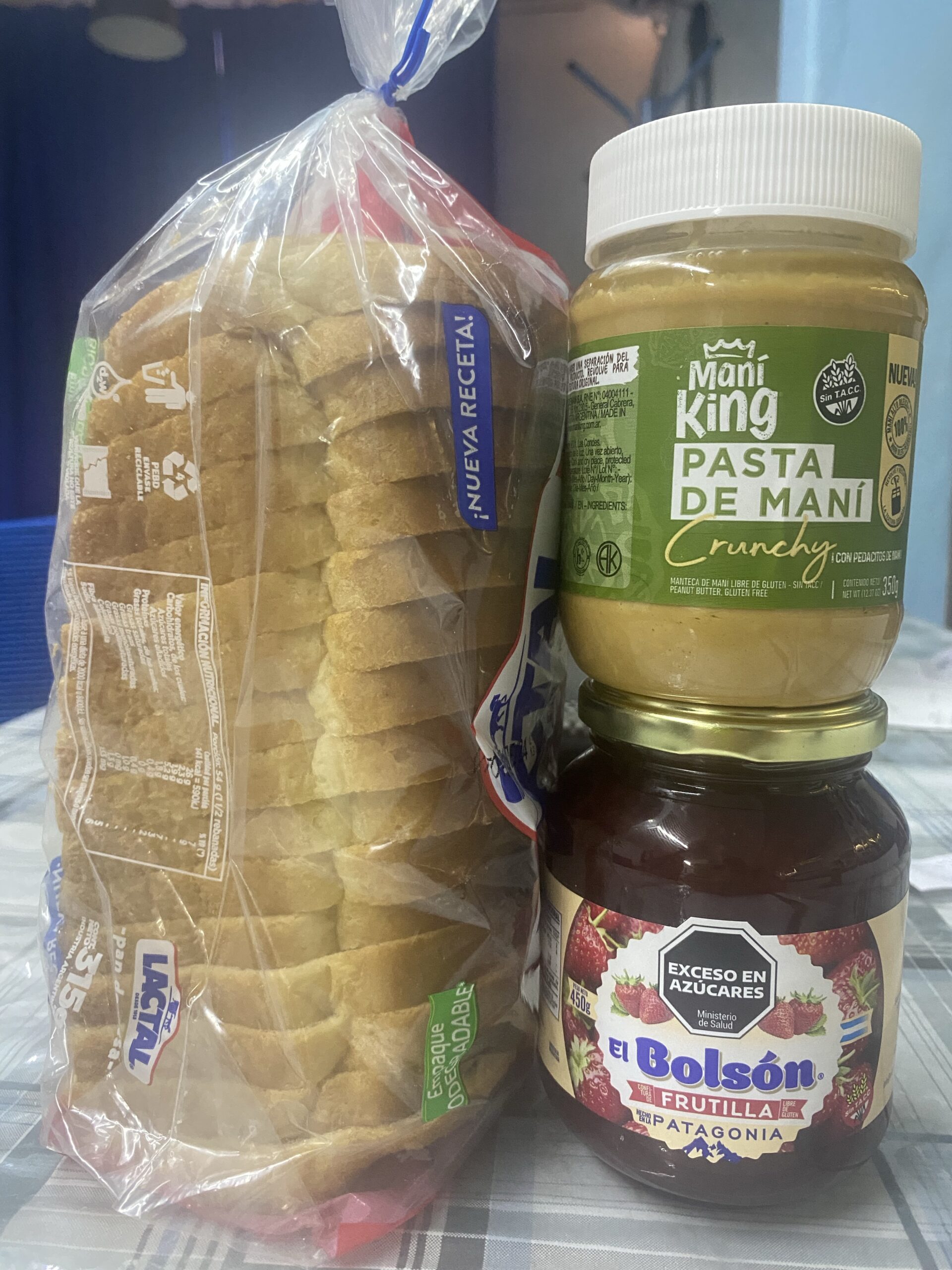
There is zero verification actually being done here: We watched incorrect numbers typed into the system. And Corey’s new United States passport begins with an “A”, and we saw that skipped when the systems cannot handle a letter. It’s just annoying.
If you’ll be doing grocery shopping in Argentina, make sure to bring your passport or be prepared to pay in cash!
Drink Like a Local

Drinking alcohol is an affordable vice in Argentina. I remember staring awestruck at the grocery store the first time I wandered up the booze aisle. And it wasn’t just the Argentine wines.

Because of the early 1900’s immigration from Italy, there are Italian liqueurs that have been manufactured in Argentina for nearly 100 years. Fernet Branca, Aperol, Campari, Punt e Mes, and Cinzano are all made in Argentina, exclusively for the thirsty Argentines! Cinzano even makes a vermouth made from Argentina malbec. There are also Argentine vermouths, fernets, and amari without Italian counterparts. And they are very affordable.
The basic rule in Argentina is that if it is imported, it is expensive. Drink locally produced liquor and save!
Coffee
Coffee culture around Argentina was surprisingly poor. Even in the proximity of countries like Brazil that produce delicious coffee beans, it is hard to find good coffee in Argentina.
Here’s the deal: Italians immigrated to Argentina before the espresso boom in Italy. Italians were drinking fernet and continued to do so in Argentina, but they weren’t coffee drinkers! Instead, they took on the local habit of yerba mate, and that gourd-based drink can be seen all over Argentina. In the grocery stores, there are full aisles with colorful bags of yerba mate. The coffee selection is a few token bags of pre-ground coffee, usually robusta beans that were roasted with sugar to mask the awful taste. The rest is instant coffee like Nescafe, or Nespresso pods.
As noted above, anything imported to Argentina is expensive, and coffee is no exception!
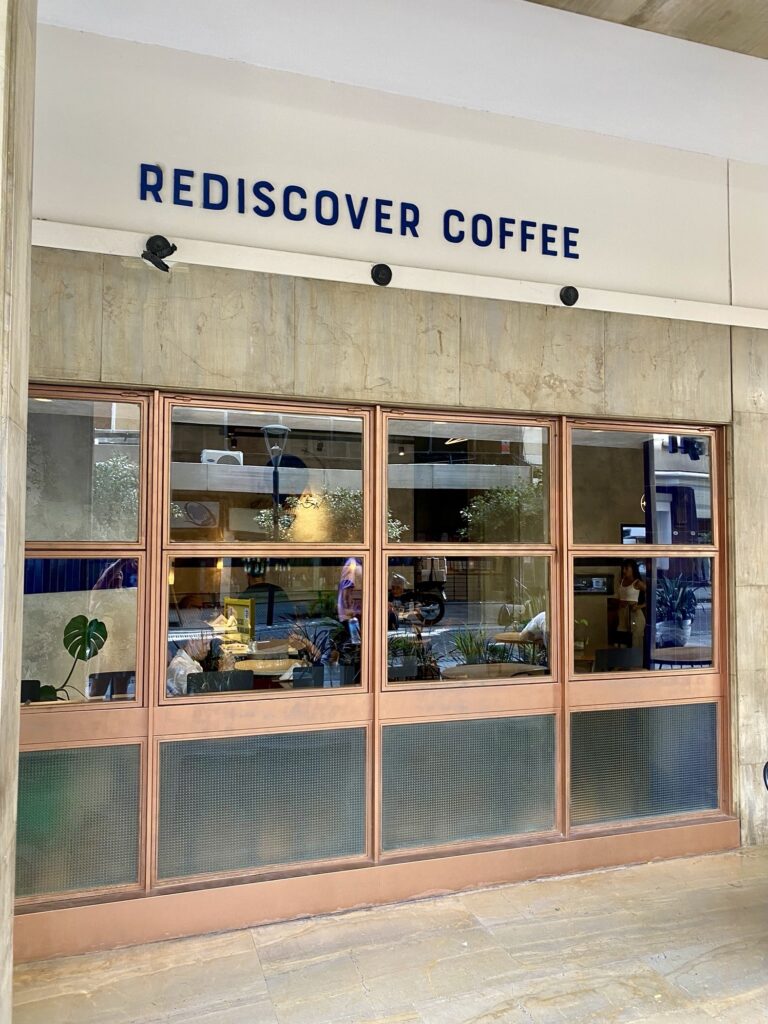
For us, we were able to find the occasional specialty coffee shop with an espresso machine, some producing a better product than others. For brewing at home, we found some roasters in Buenos Aires with high-quality beans, but for a 250-gram bag (a little over a half-pound), you’re forking over the equivalent of $20 USD!
Hate to admit it, but our solution was Starbucks. They could be found throughout Argentina, and in Buenos Aires they were around nearly every corner. A 250-gram bag was about $12 USD, which is more than we pay in the United States, but far less than the independent roaster. And it is exactly the same product as the United States! They take beans from coffee-growing regions (like Brazil), import them to the United States, roast them in York, Pennsylvania, and then send them back to South America. This is absurd but was the best solution for us to brew with our french press at “home”.
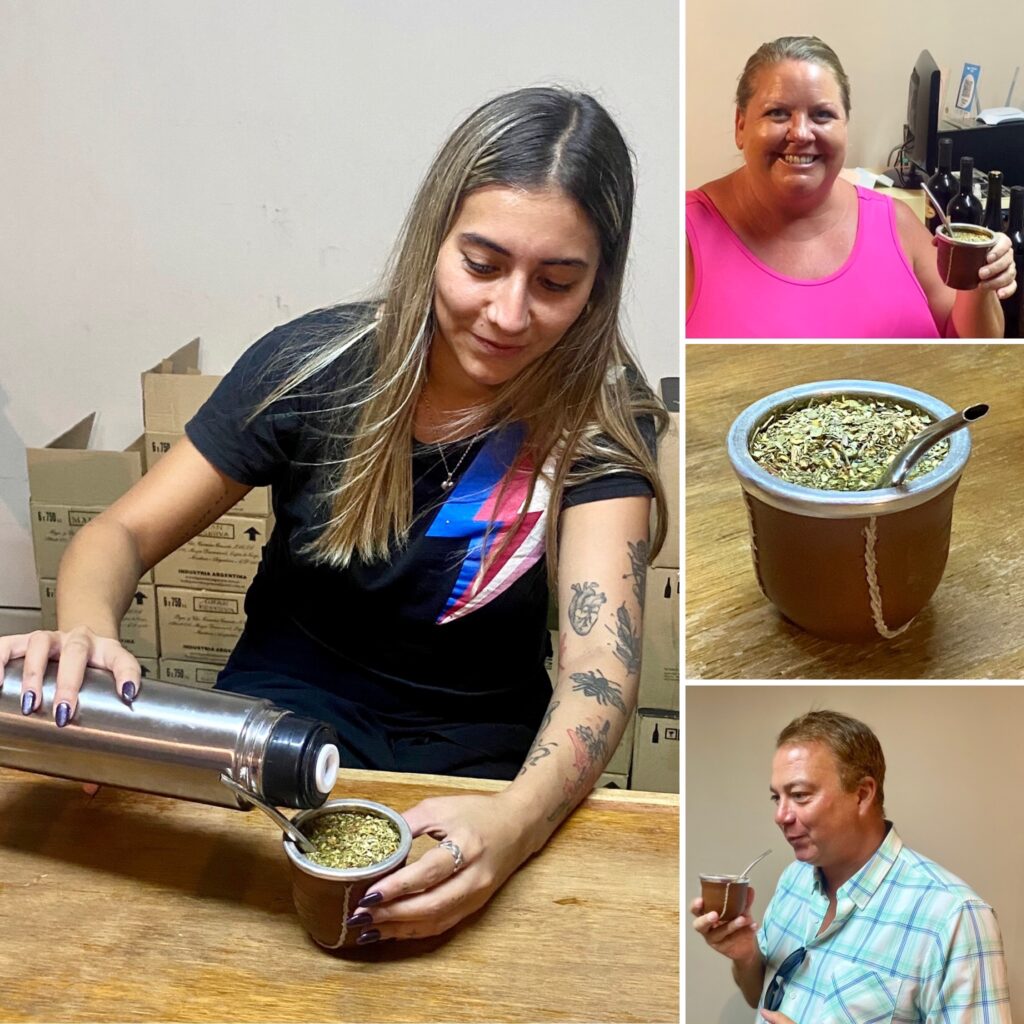
When in Argentina, either develop a taste for yerba mate (hope you like wet grass clippings), or be prepared to pay for good coffee.
5. BYOHS (Bring Your Own Hot Sauce)
Argentines cannot handle spice. We thought Chile was bad with pebre and aji chileno sauces, each of which are delicious but do not bring much heat.
But in Argentina, you won’t even see black pepper on the table. You will see salt. Argentines love salt. But they do not use heat in their recipes.
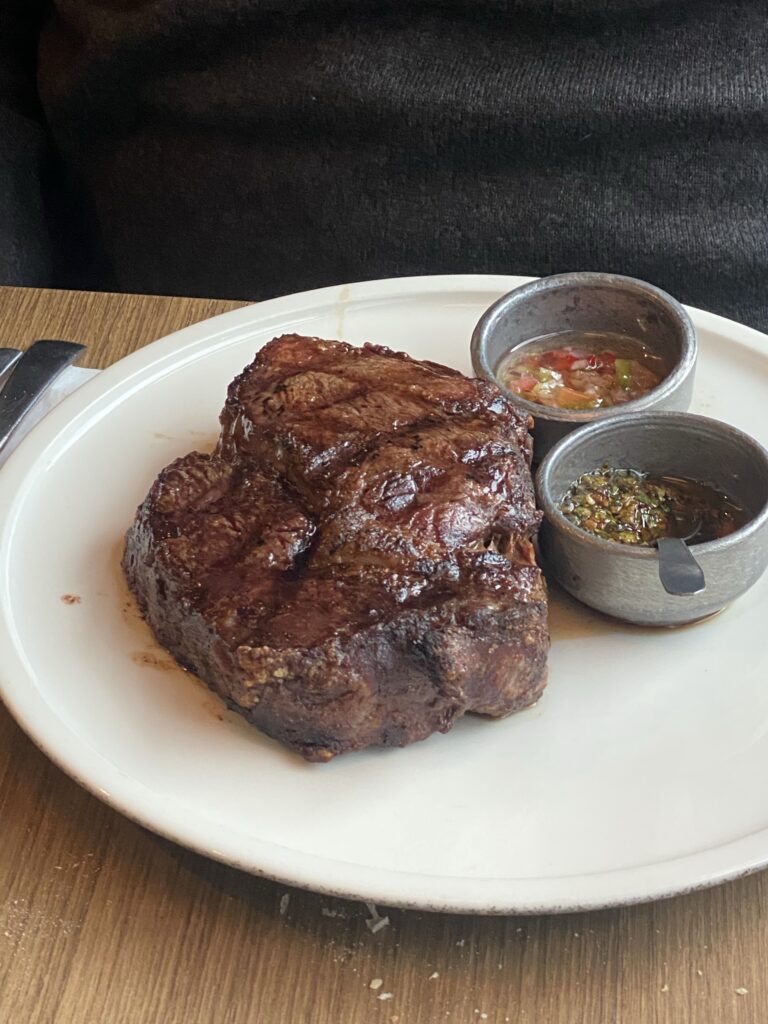
Chimichurri is readily available in various colors and formulations. But it is never spicy. The locals will point at it and warn you: “picante!” It is bright and herbaceous. But it is not picante.
One fancy meal we ate included a garnish of three thin slivers of chili pepper. The waitress cautioned us and said we did not have to eat them. We asked what type of pepper they were, and she said they were “jalapeños… the hottest pepper there is.” It was a refreshing slice of heat!
Interestingly, there are hot sauces available at the grocery store, made in Argentina: we saw Louisiana-style, green jalapeño and habanero. But if you want the heat when you are out, you will have to bring the sauce with you.
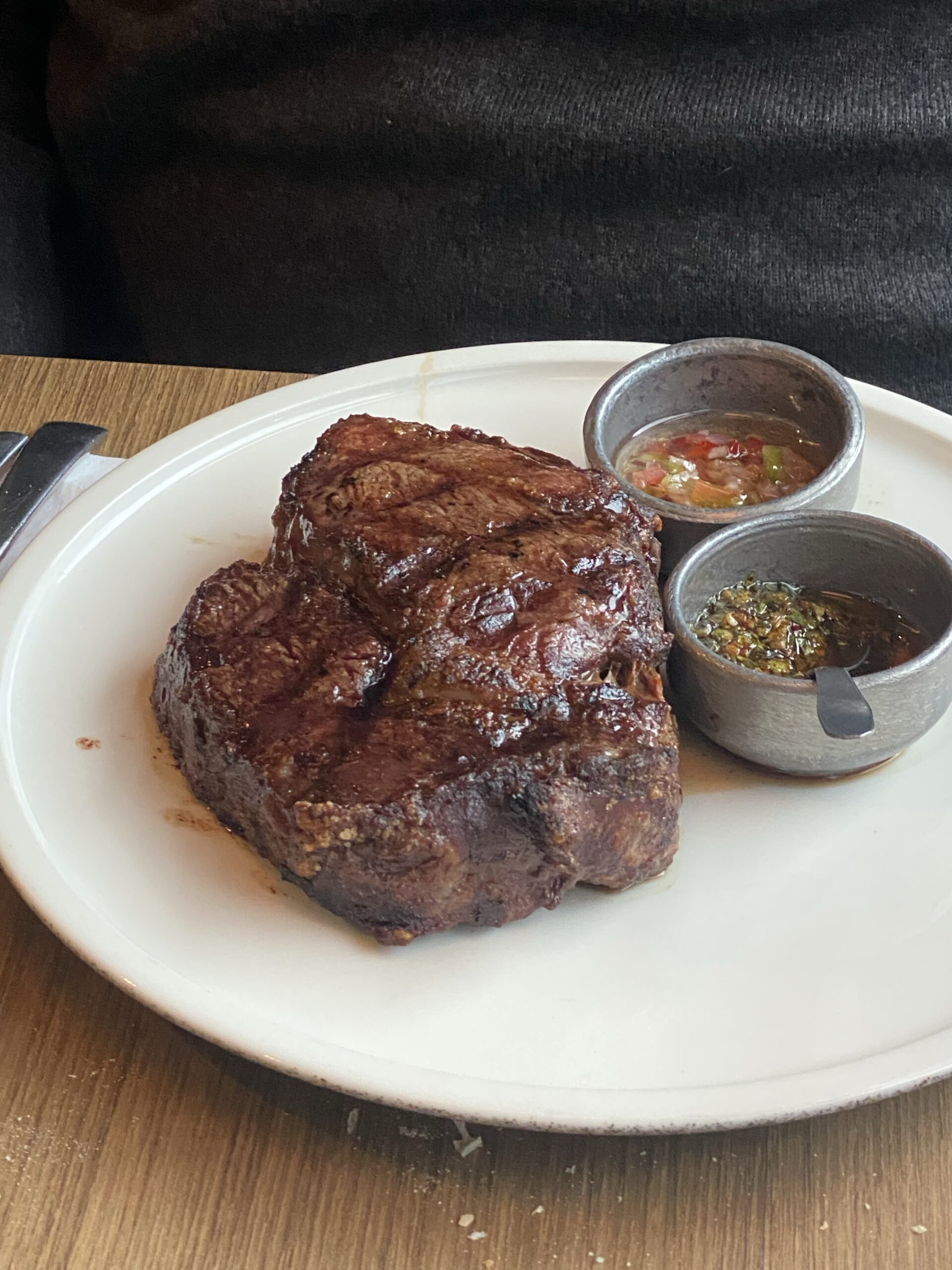
Yes, coffee is a huge disappointment he’s in Buenos Aries!
We are headed to Argentina soon and this was very helpful. Thank you for sharing.